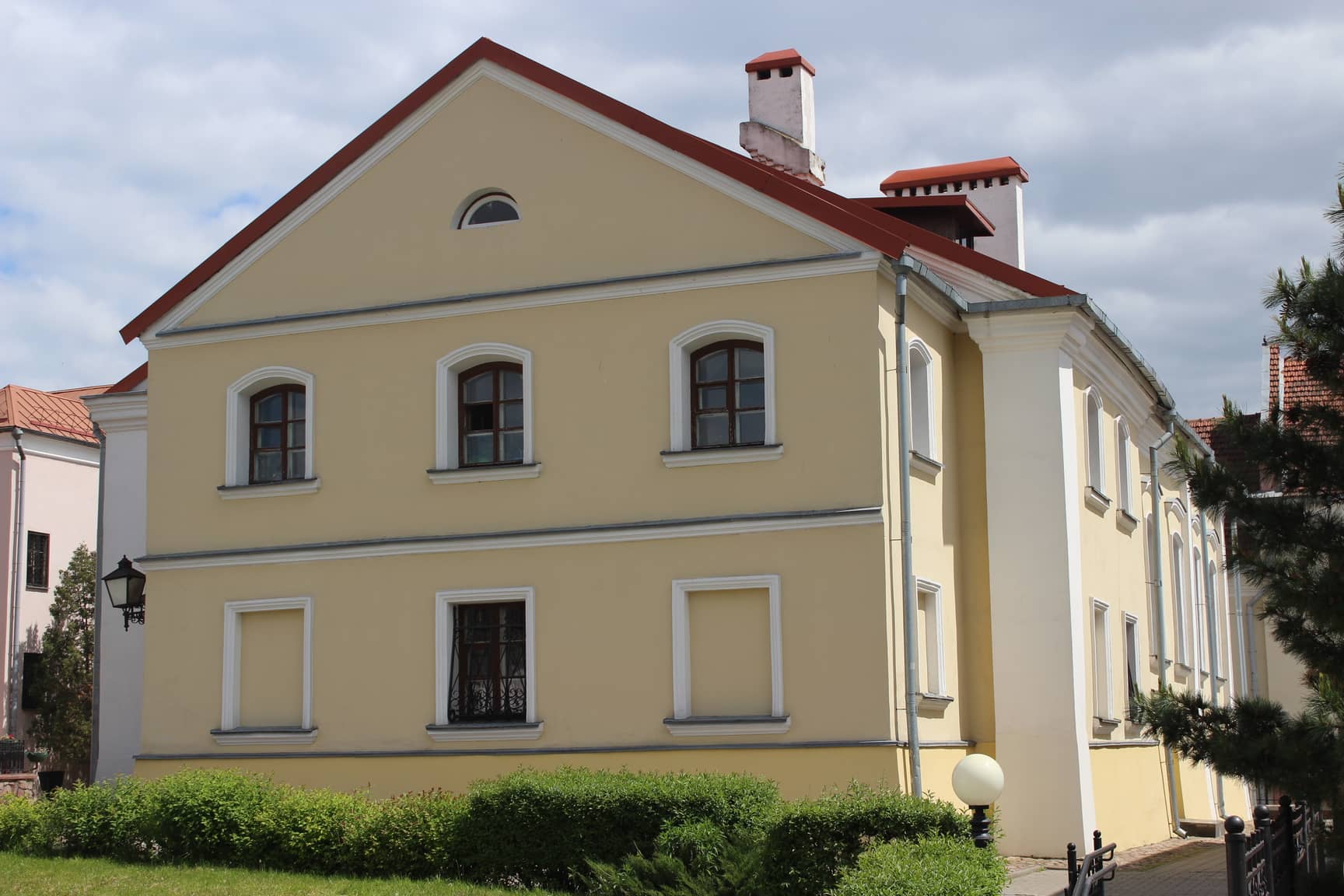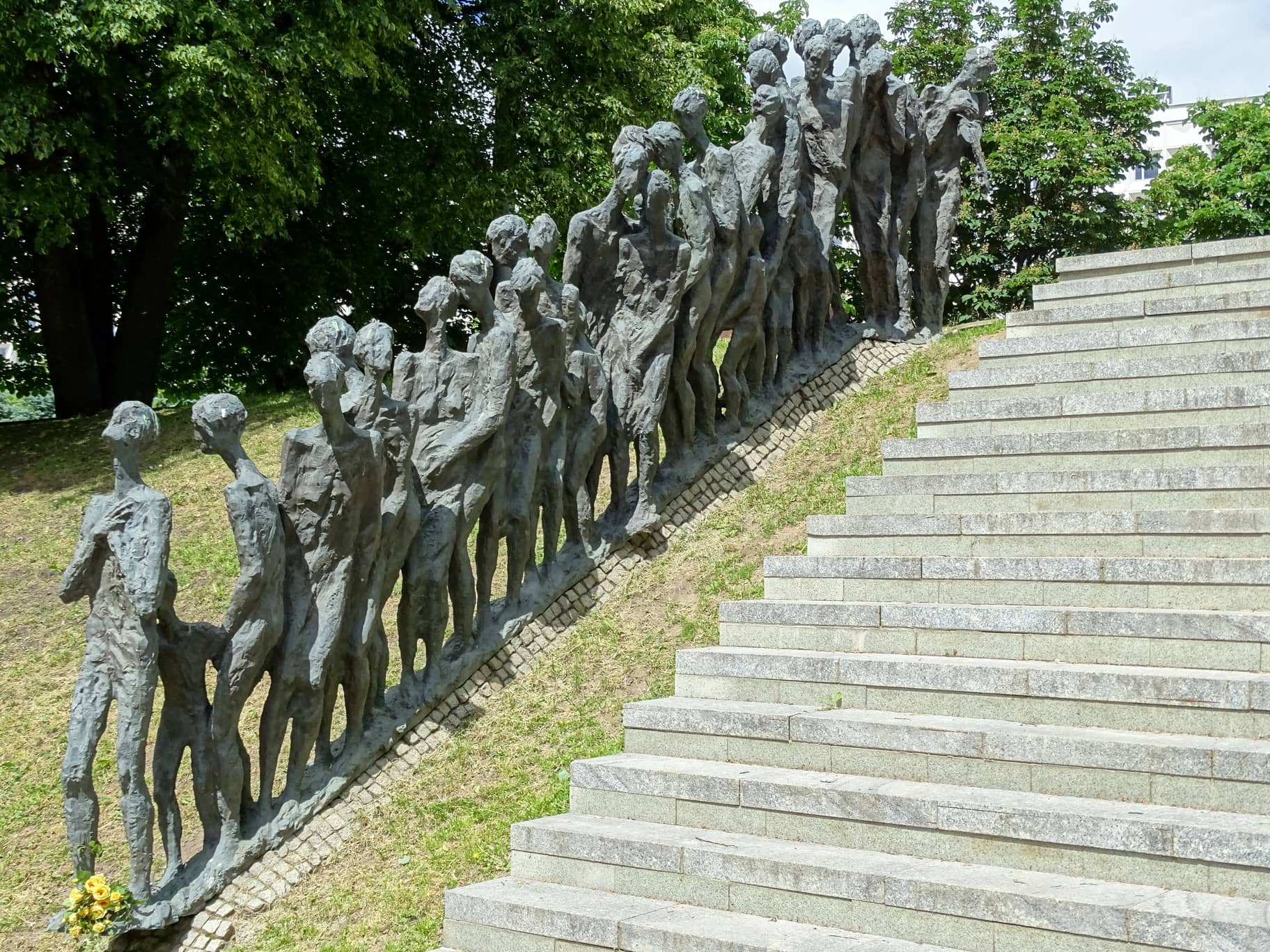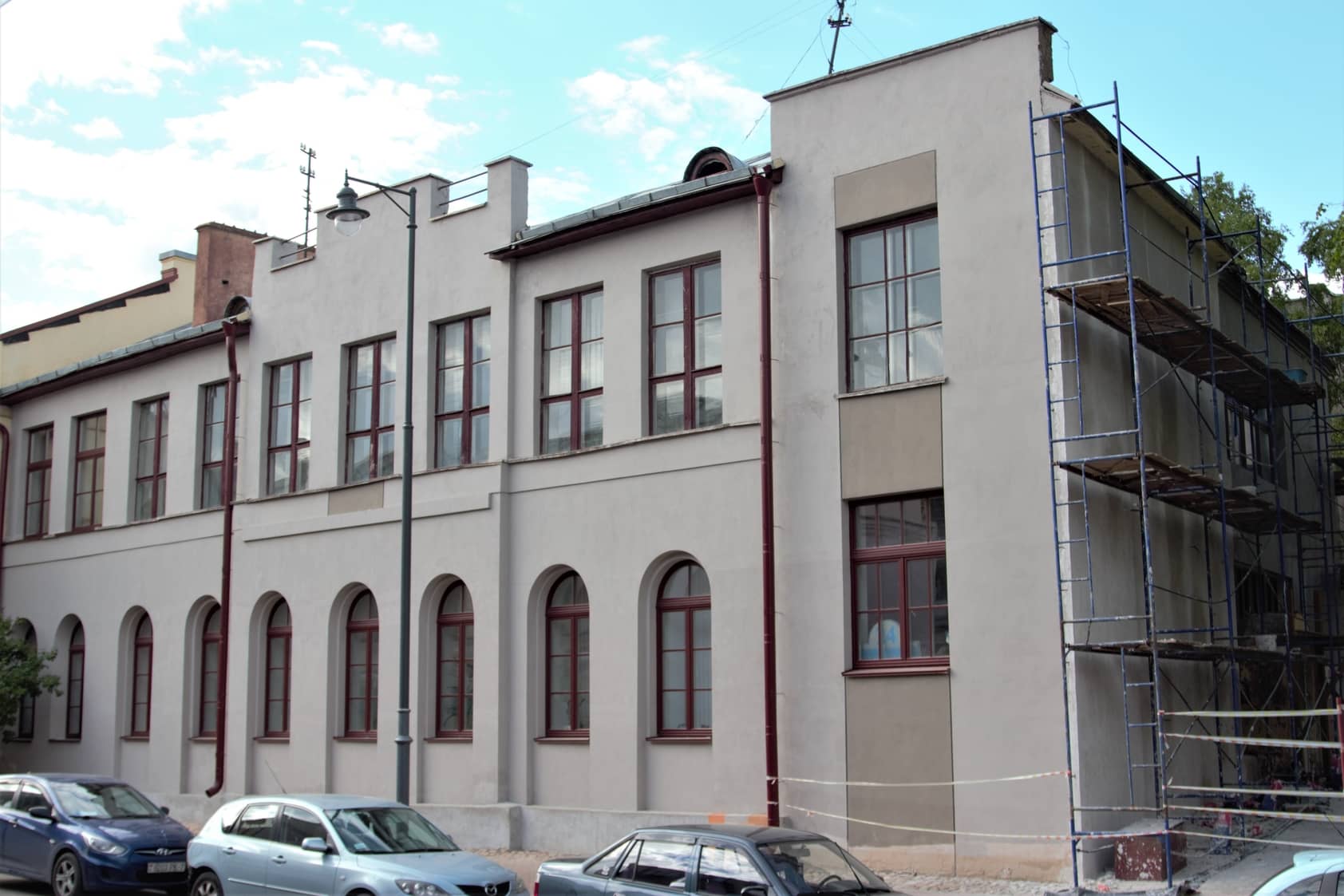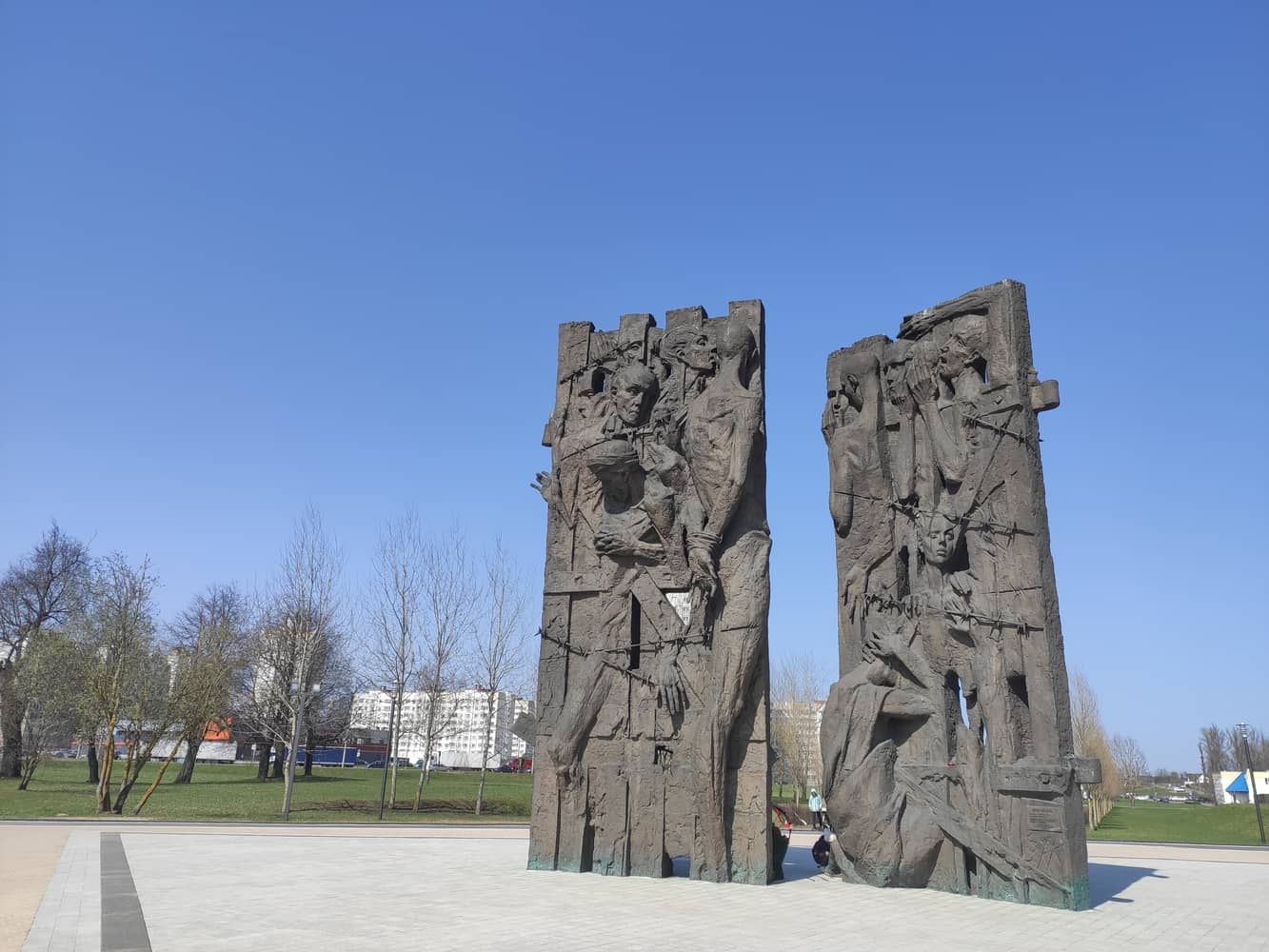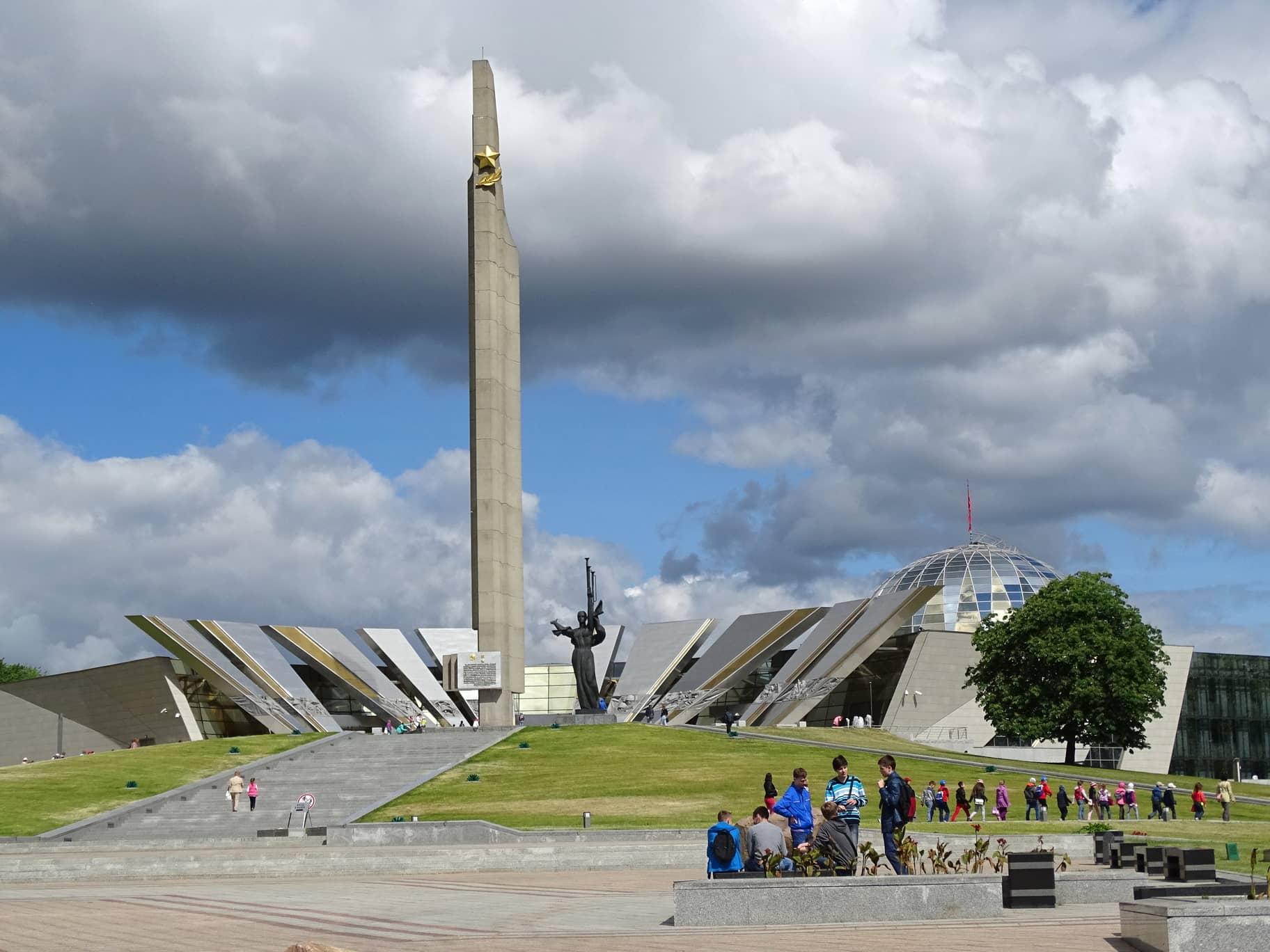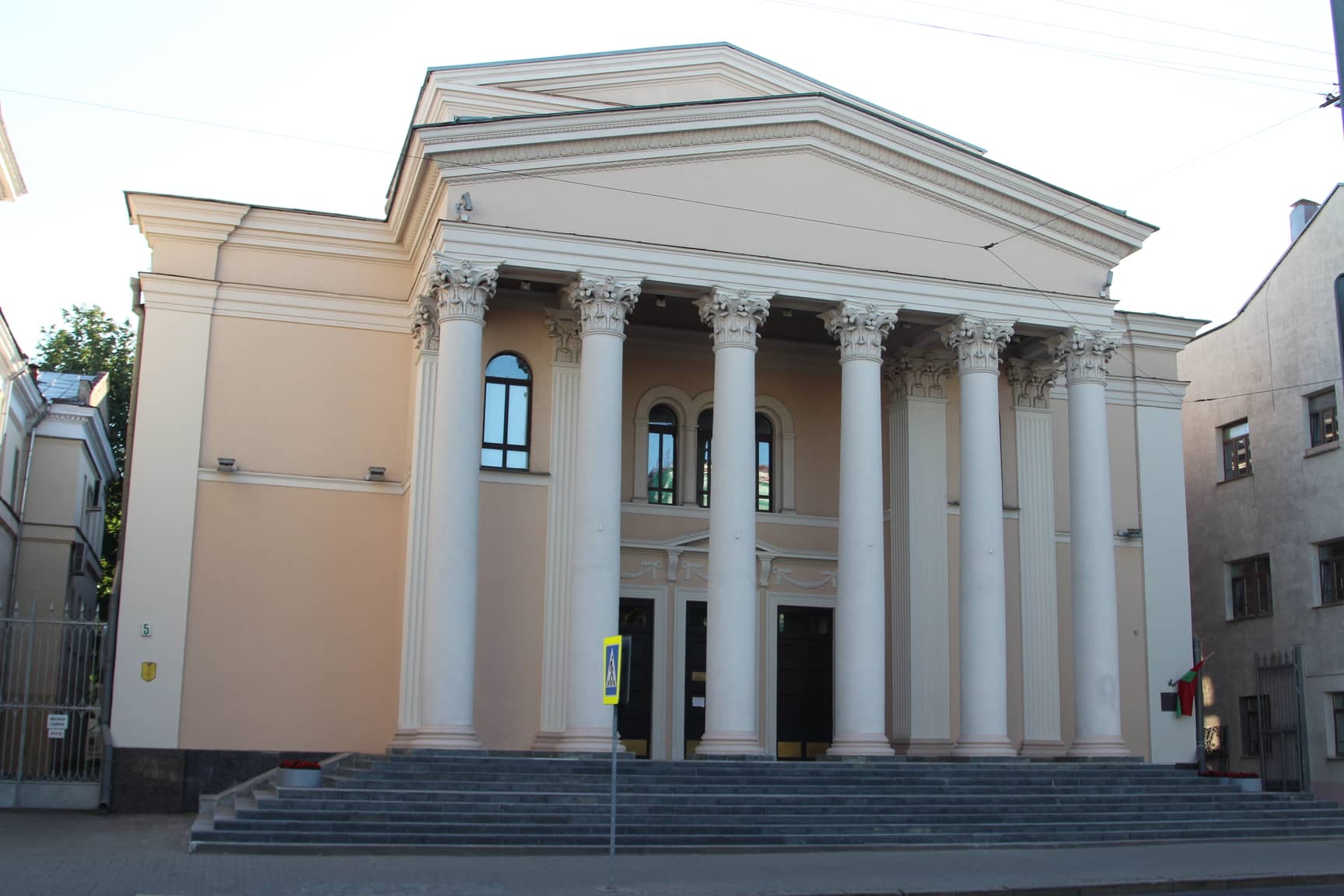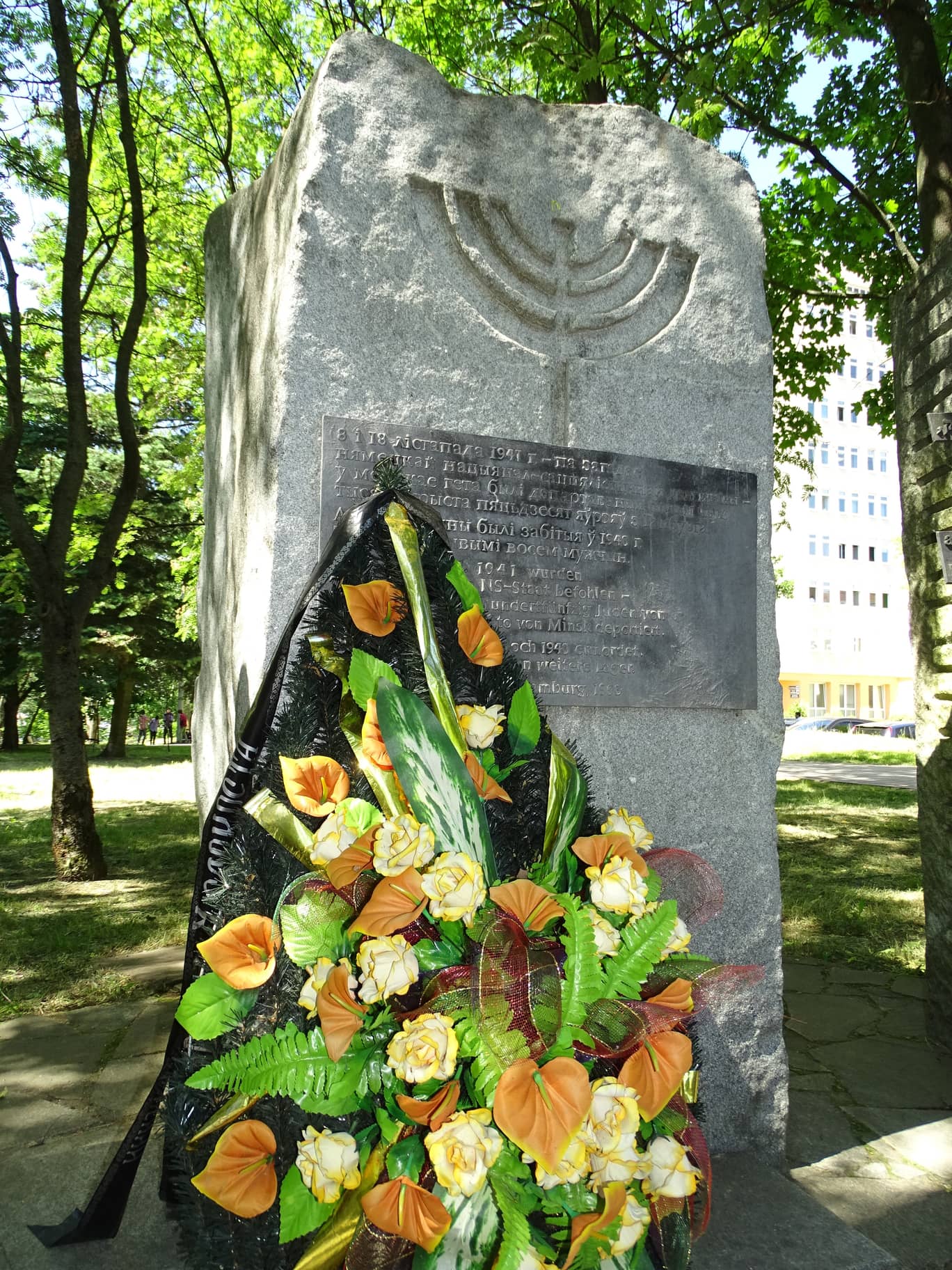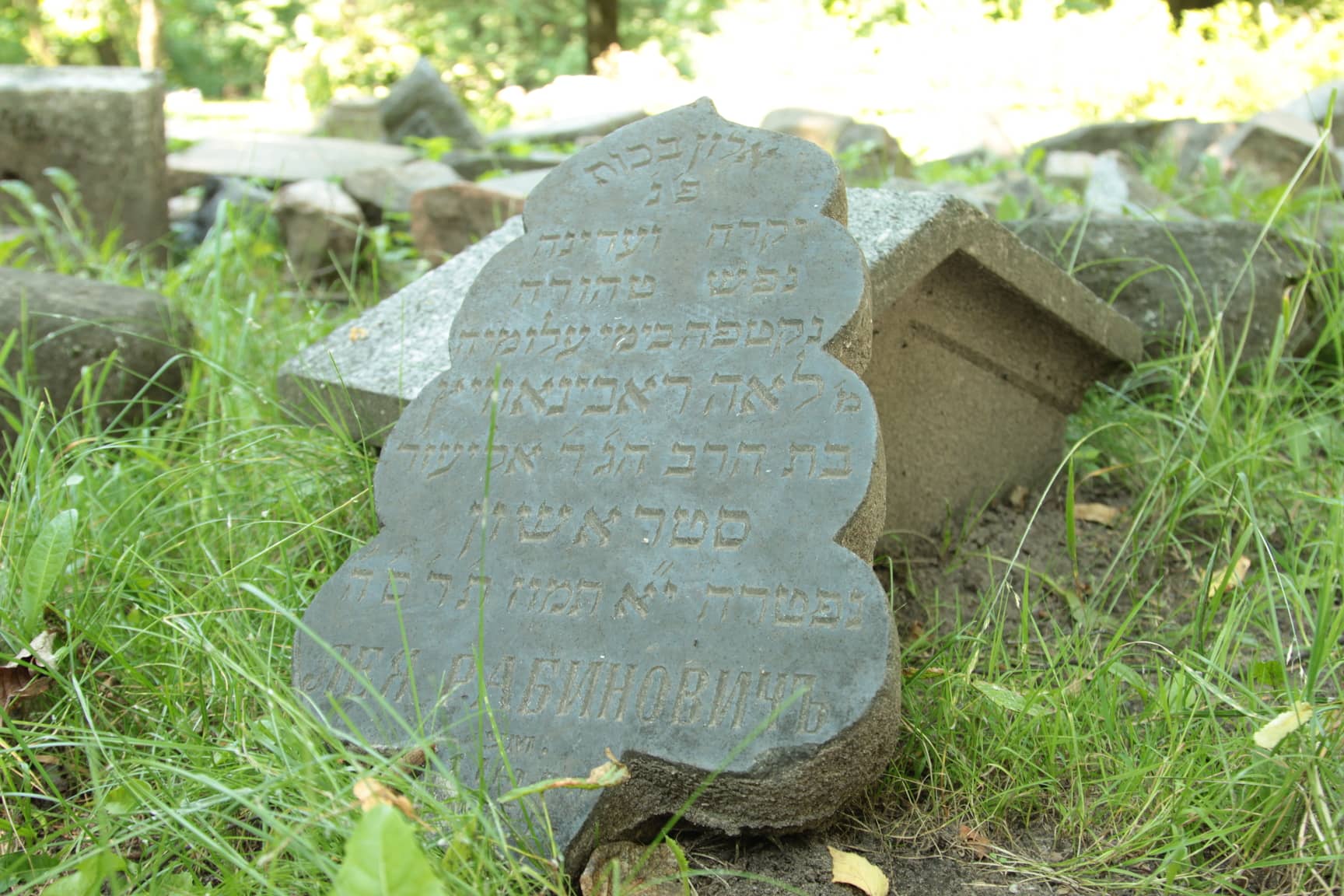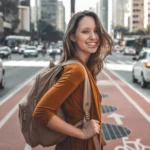Kitaevskaya synagogue was built in 1874. It is located in the historical center of Minsk – the Trinity Suburb. This prayer house belonged to the Koidanov Hasidim, but after specific events the building was transferred to the National Historical Museum of Belarus as an exhibition hall.
Image credit: The Together Plan – subject to copyright ©
